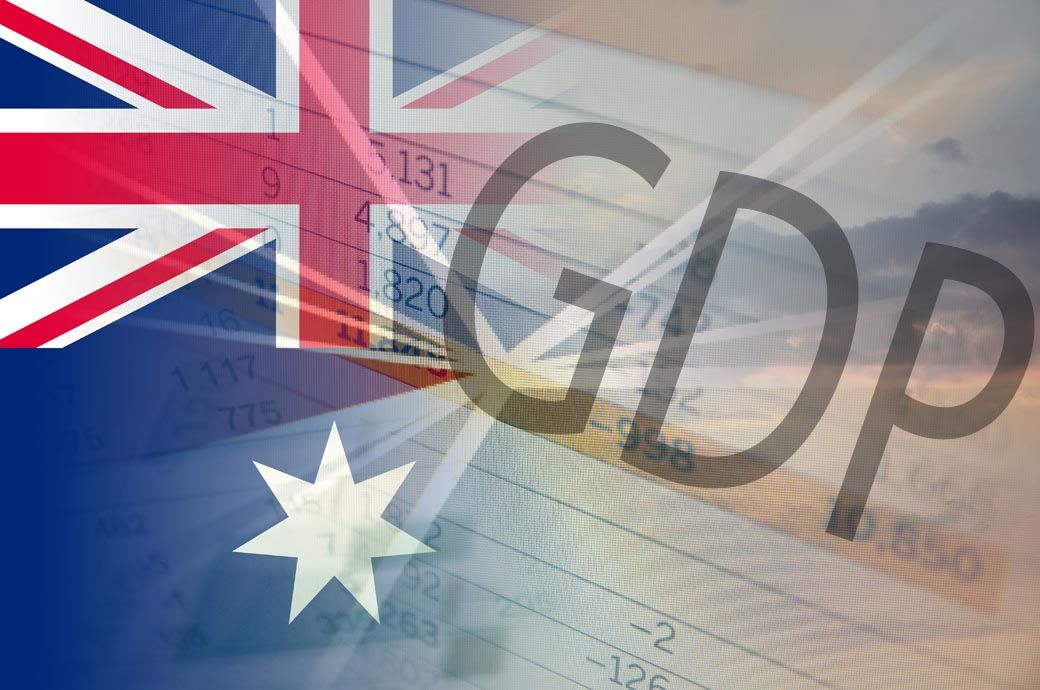Entertainment
Australia’s GDP growth hits 0.3% in Q3 2024

Australia is feeling the economic pinch as its GDP growth has significantly slowed, registering a modest 0.3% rise in the third quarter of 2024. According to the latest figures released by the Australian Bureau of Statistics, this growth reflects both quarter-on-quarter and year-on-year measurements, with the economy now expanding for the twelfth consecutive quarter, albeit at a decelerating pace.
Driving this slight uptick in growth is an increase in public sector spending, particularly from government consumption and public investment. However, the economy has not been without its troubles, as GDP per capita has dipped by 0.3%, marking the seventh consecutive quarter of decline.
Katherine Keenan, the head of national accounts at the ABS, pointed out that while the figures show a continued growth trajectory, they also highlight a trend of slowing performance since September 2023. Key contributors to the quarter’s growth included a notable 6.3% rise in public investment and a 1.4% gain in government spending. Meanwhile, household expenditure remained static in the September quarter following a 0.3% decline in June. Interestingly, spending in the clothing and footwear sector saw a boost, attributed to unexpectedly warm weather.
Net trade offered a flicker of positive contribution, adding 0.1 percentage points to GDP growth with a slight increase in exports by 0.2% and a corresponding decrease in imports by 0.3%. More specifically, the value of goods exports grew by 0.9%, while imports of goods fell by 1.5%. Overall, nominal GDP posted a 0.4% increase in Q3 2024, accompanied by a marginal rise of 0.1% in the GDP implicit price deflator.
The price trends reveal mixed signals; export prices experienced a drop of 2.6% in September, continuing the trend of weakening global demand for bulk commodities, while import prices also decreased, mainly due to lower costs for fuel and lubricants. Keenan noted that the quarterly growth in domestic prices was the weakest seen since March 2021, highlighting a confluence of softening goods prices amidst resilient service prices driven by robust demand for labor and essential services such as rent, education, and healthcare.
As Australia navigates these economic challenges, the focus will undoubtedly shift towards fostering sustainable growth and stabilizing consumer confidence. The latest data paints a complex picture, emphasizing the need for strategic interventions in public policy and economic planning.
